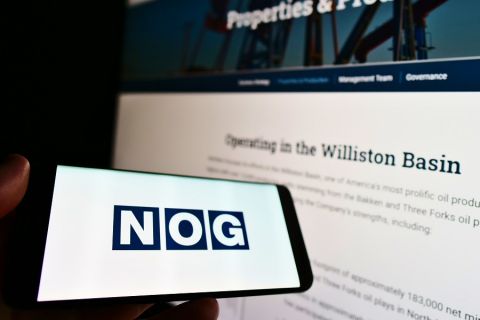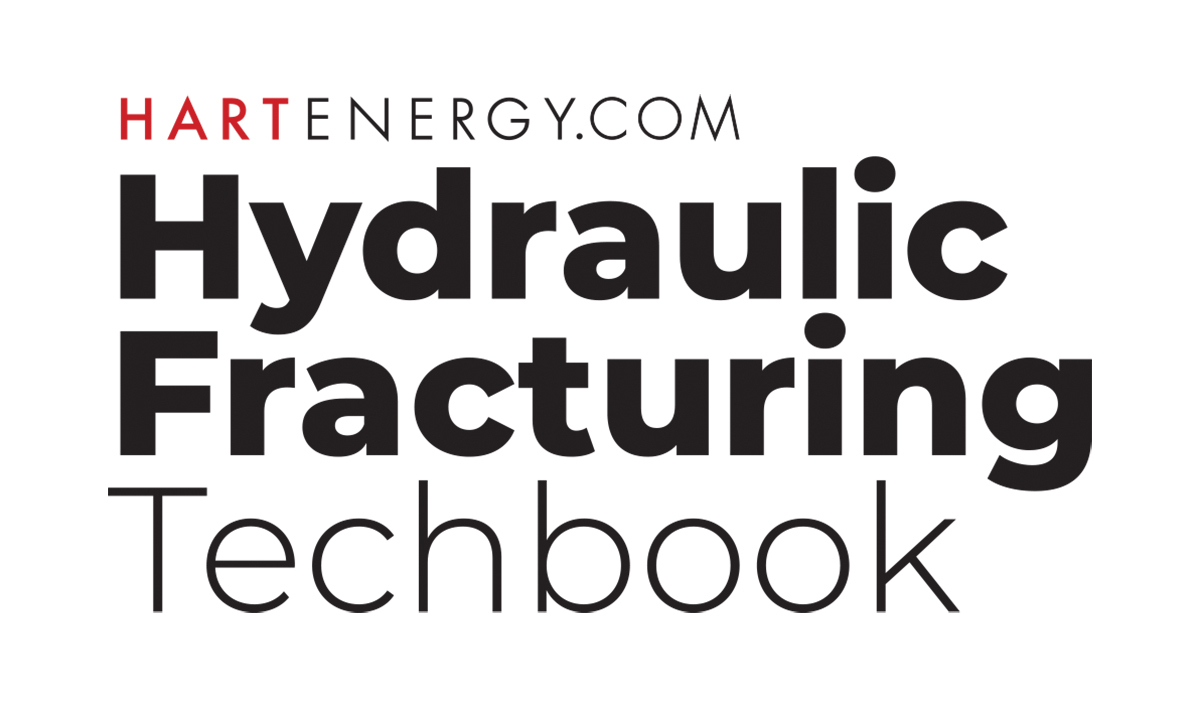
Are remote operations the future of hydraulic fracturing?
Operations such as drilling wells and piloting ROVs can be done remotely, which suggests that completion activities could be, as well. The technology exists—or is close to ready—but it takes some trust, as well.
“I think a really big deal in the industry coming up is going to be these remote operating centers,” ShearFRAC COO Tom Johnston told Hart Energy.
A geosteering expert can remotely monitor or operate multiple simultaneous well-drilling operations while directional drillers can also handle multiple wells, said Johnston, who has a geosteering background. Operations would just take a few people at the drill site to keep an eye on things and handle maintenance of equipment.
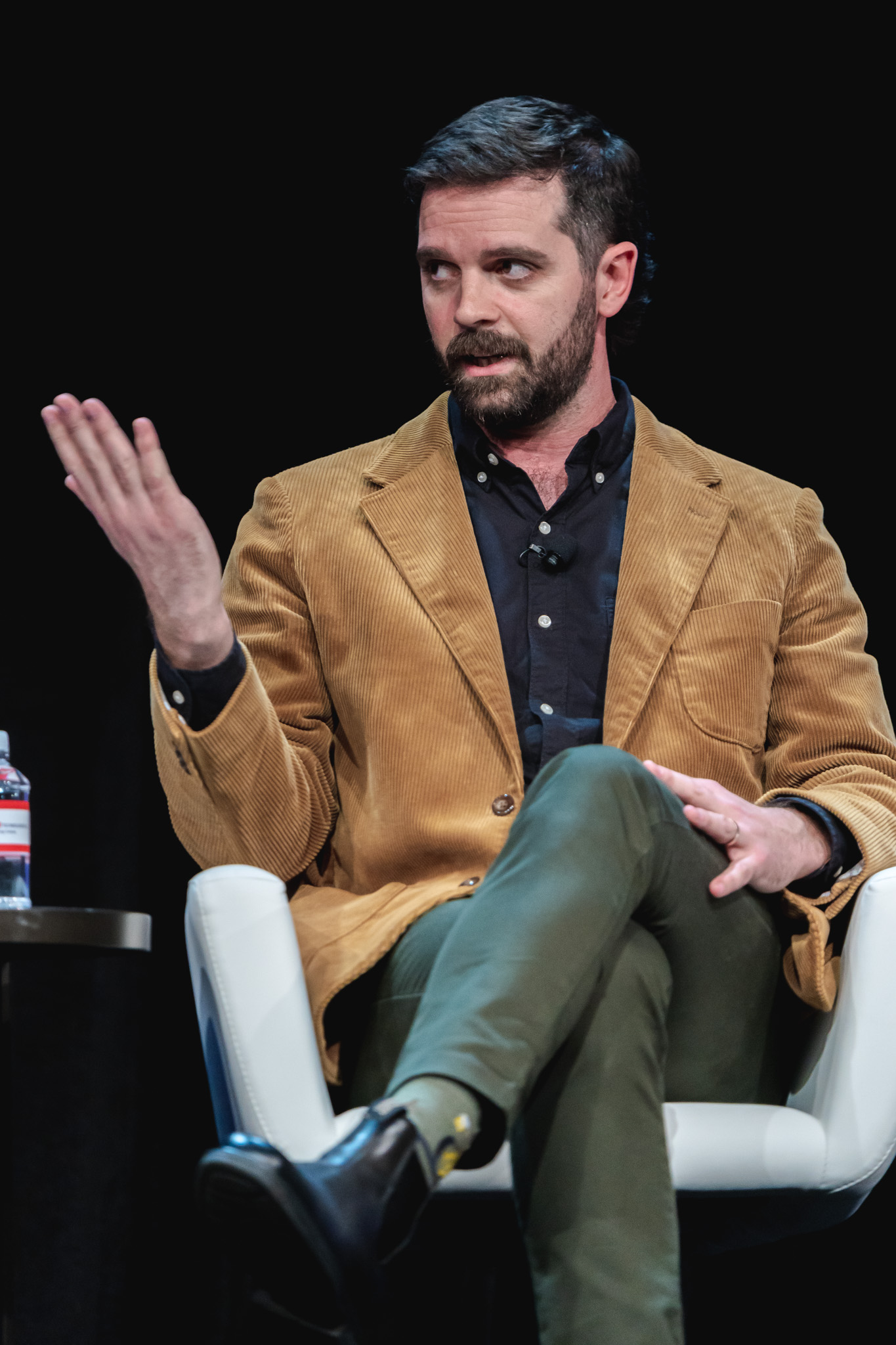
“Then you go to the completion squad, and they’re all just sitting out there, still doing it [in person]. That doesn’t need to be,” he said. “If we can do drilling remotely, we can do completing remotely, no problem at all.”
On-site and off-site
One of the technologies necessary for remote operations—whether for drilling or completions—is automation. And AI is increasingly playing a role in automation.
ShearFRAC’s FracBRAIN completions visualization platform takes pressure, proppant concentration, fluid and chemical rate measurements to calculate the simulated fracture surface area. Changes to rate and proppant change the fracture intensity and number of fractures in the reservoir, which influence completion effectiveness.
Johnston said FracBRAIN can help completions teams mitigate problems such as screening out, or restricted flow, as well as make incremental improvements on subsequent completions. FracBRAIN uses AI to accomplish this.
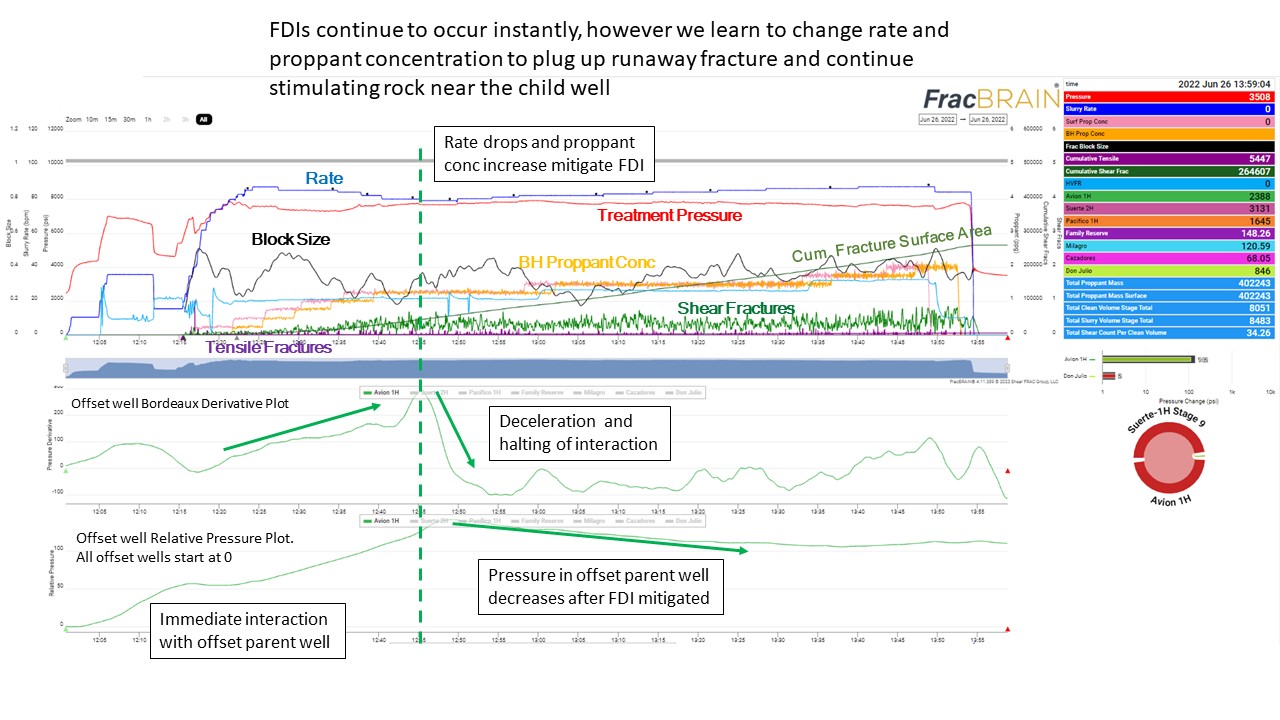
For an initial well on the pad, ShearFRAC’s team will make sure the relevant data from FracBRAIN is available to experts in an on-site data van (which can currently handle an average of four wells at a time), as well as to off-site experts.
“We stay there three, four, five days for the initial pad and a couple of days for every pad beyond that,” Johnston said.
That helps train the on-site team “to make sure they understand what they’re looking at, what they need from us,” he added.
Beyond that, “there’s the feedback loop, and then it’s all remote,” he said.
In Canadian completion applications, pump operators have access to the platform on site and consultants use it to work remotely with the pump operators, Johnston said. The approach creates “more efficiency per person so they can work several databases,” he added.
Frac information is transmitted to the cloud, sometimes by Starlink, the broadband Internet linked by satellites operated by SpaceX.
“We need the internet. That’s the computing power piece,” he said. “Not only are we able to work on location with the people there, but because the display piece of our system is super lightweight, it’ll grab the data from there, shoot it to the cloud, AWS [Amazon Web Services] will calculate everything, shoot it back to our website” with about three seconds of delay. “That allows you to sit here and track and you’re only three seconds behind what’s going on location in those Texas wells. It’s pretty awesome.”
‘Grow the grass’
Johnston said the company has calibrated measurements—which he said look like green grass on the FracBRAIN interface—using tracer data, microseismic and fiber optics with production data.
“If you’re able to grow the grass higher, your wells are better,” he said. “We’ve got a lot of evidence showing that the measurement is real, super non-invasive, super cheap. And then we get the production data at the end, as well. We’re proving that whatever is happening here is correlating to production opportunity.”
And while monitoring fracking operations, Sheari—FracBRAIN’s AI assistant is a riff on Apple’s AI assistant Siri—can recommend changes based on data in the pressure pattern, Johnston said.
But in the future, that could be automated. For example, Sheari’s recommendation to increase the rate by 1 bbl/minute pings in the data van and a local expert checks operating values and figures out where that extra 1 bbl/minute will come from.
“There’s no reason why it should have to go from a computer to him, from him to the screen to change it. Those pumps are already really smart,” he said. “So, rather than the pump operator having to do it nowadays, they can just say one barrel and it will automatically balance them.”
Trust issues
That kind of automation is possible, Johnston said. But the track record and trust aren’t there yet.
“We need a little bit more experience” to ensure there are no safety issues, he said.
With automation, the consultant doesn’t have to worry about risk mitigation and administration details. Instead, Johnston said, the consultant could focus on “just making that well as good as it could possibly be.”
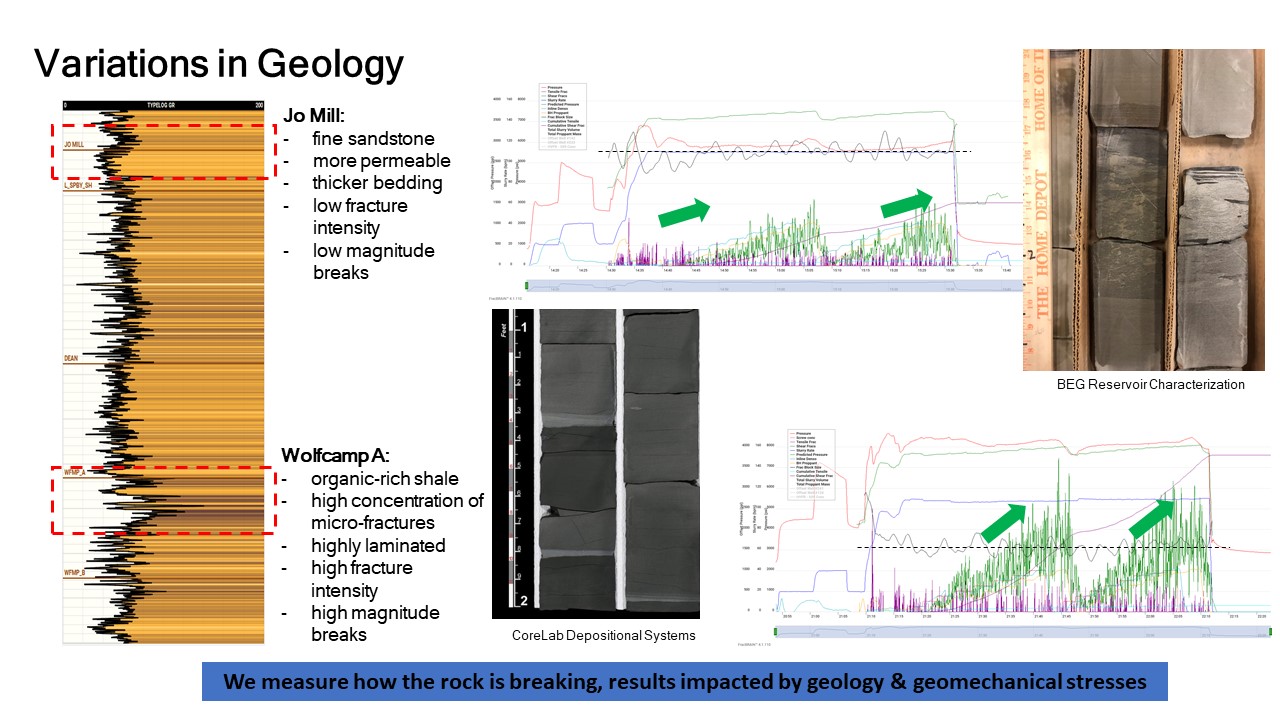
And that capability is close, he said. Some code has to be written, but that’s the easy part, he added. The harder part is trust.
“It’s the same conversation we’re having around Tesla and automatic driving, right?” he asked. The hesitation relates to when things go wrong. “What happens, that one incident where that car is automatically driving, and someone’s sleeping behind the wheel and runs over a dog. Whose fault is it? Tesla’s fault? Is it the driver’s fault? The dog’s fault? That’s the problem.”
And Johnston believes the future with remote completions is close.
“I think it’s really powerful for us to be able to sit back and track those wells from somewhere else. It’s much more efficient,” he said. “We’re in conversations with the biggest company on how to make that work.”
Recommended Reading
HighPeak Energy Authorizes First Share Buyback Since Founding
2024-02-06 - Along with a $75 million share repurchase program, Midland Basin operator HighPeak Energy’s board also increased its quarterly dividend.
Equinor Releases Overview of Share Buyback Program
2024-04-17 - Equinor said the maximum shares to be repurchased is 16.8 million, of which up to 7.4 million shares can be acquired until May 15 and up to 9.4 million shares until Jan. 15, 2025 — the program’s end date.
Northern Oil and Gas Ups Dividend 18%, Updates Hedging
2024-02-09 - Northern Oil and Gas, which recently closed acquisitions in the Utica Shale and Delaware Basin, announced a $0.40 per share dividend.
Magnolia Oil & Gas Hikes Quarterly Cash Dividend by 13%
2024-02-05 - Magnolia’s dividend will rise 13% to $0.13 per share, the company said.
Hess Midstream Increases Class A Distribution
2024-04-24 - Hess Midstream has increased its quarterly distribution per Class A share by approximately 45% since the first quarter of 2021.




